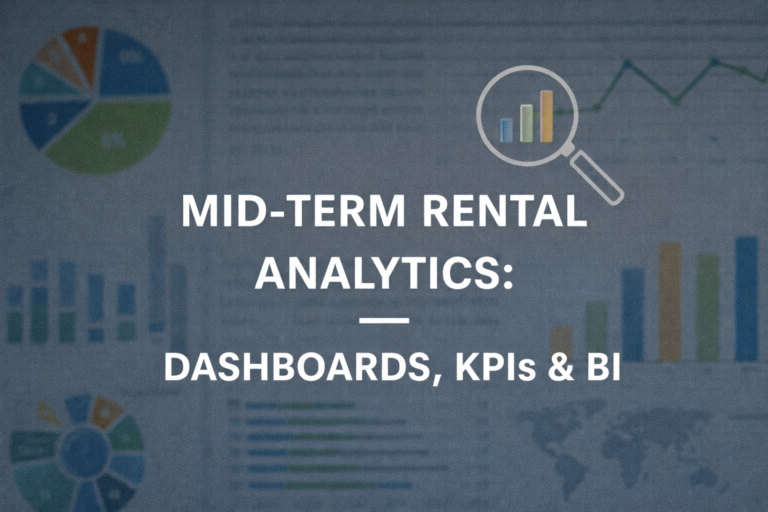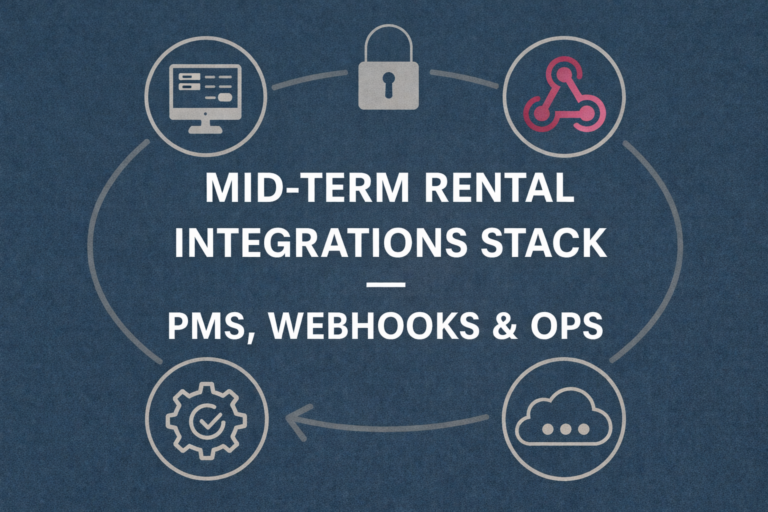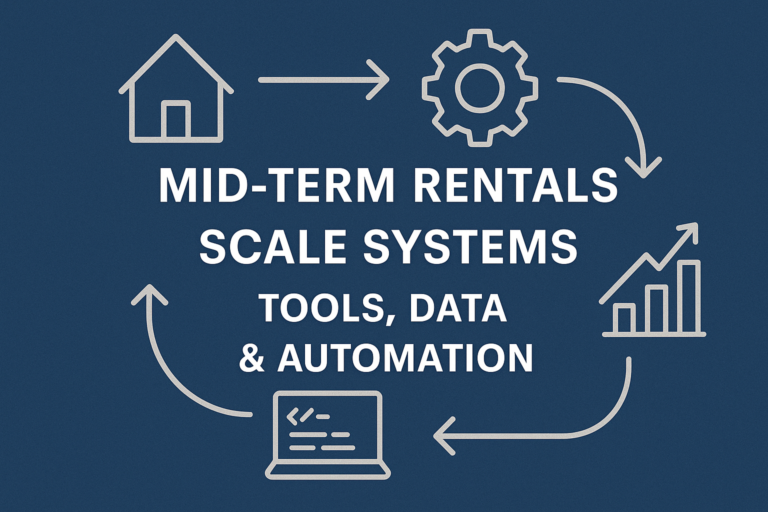Why Mid-Term Rentals Work to Avoid STR Bans?
If you’re a property owner frustrated by ever-changing rental laws, you’re not alone. Many cities are cracking down hard on short-term rentals (STRs). Hosts are scrambling, profits are dropping, and regulations just keep piling up. But here’s the good news: Why Mid-Term Rentals Work isn’t just a legal loophole — it’s a smart strategy for staying ahead.
Mid-term rentals are quickly becoming the preferred model for hosts who want stability, compliance, and cash flow.
What’s Causing All the STR Crackdowns?
Cities are getting stricter. Why?
Short-term rentals, especially those under 30 days, are blamed for housing shortages and rising rent. That’s triggered new rules:
- Caps on STR licenses
- Primary residence requirements
- Outright bans in some zones
This isn’t slowing down. More cities are adopting copycat rules, targeting Airbnbs and similar listings.
What Makes Mid-Term Rentals Different?
Mid-term rentals typically last 30 days to 6 months. Think traveling nurses, remote workers, or families between homes.
Here’s why they pass the legal sniff test:
- ✅ They aren’t classified as “vacation rentals”
- ✅ Most STR laws don’t apply to stays over 30 days
- ✅ They meet housing needs, not tourism demands
That makes mid-term rentals the sweet spot — long enough to avoid STR bans, short enough to stay flexible.
The Hidden Advantages of Mid-Term Rentals
It’s not just about staying legal. Mid-term rentals bring serious perks:
1. Fewer Turnovers = Less Work
Hosting guests every weekend is exhausting. MTRs mean fewer check-ins, cleanings, and headaches.
2. Steady, Predictable Income
While you might charge less per night, MTRs often bring higher monthly income with less vacancy.
3. Higher-Quality Tenants
Nurses, interns, and corporate professionals need clean, furnished housing. They tend to be responsible and stable.
Who’s Renting Mid-Term?
The demand is growing. People are looking for flexible stays without the noise and chaos of hotels.
- Healthcare professionals
- Digital nomads
- Relocating families
- Insurance-displaced tenants
- Students & interns
Platforms like MiniStays.com cater to this exact market — and they’re built for mid-term success.
How MiniStays Helps You Stay Legal
MiniStays focuses 100% on 30+ day rentals. That means:
- No STR restrictions
- No late-night party guests
- No license stress
- Just long-stay tenants who need a real home
You’ll list your unit on a platform designed to attract serious guests — not tourists. It’s built to protect hosts in regulated markets.
Explore more on info.ministays.com to get the full breakdown.
Mid-Term = Future-Proof
Cities will keep tightening STR rules. But you don’t have to panic or shut down your listings.
Instead, pivot now to a model that works long-term — literally.
Mid-term rentals are:
- Legal in more places
- Simpler to manage
- In high demand
- Safer for your income
Ready to Future-Proof Your Rental?
If you’re tired of fighting regulations, it’s time to switch lanes.
MiniStays helps you stay compliant without sacrificing income.
🎯 List your property for free at MiniStays.com
📘 Learn more about mid-term rental strategy at info.ministays.com



